The letter comes just weeks after countries in Southeast Asia pledged to work towards a haze-free zone by 2030.
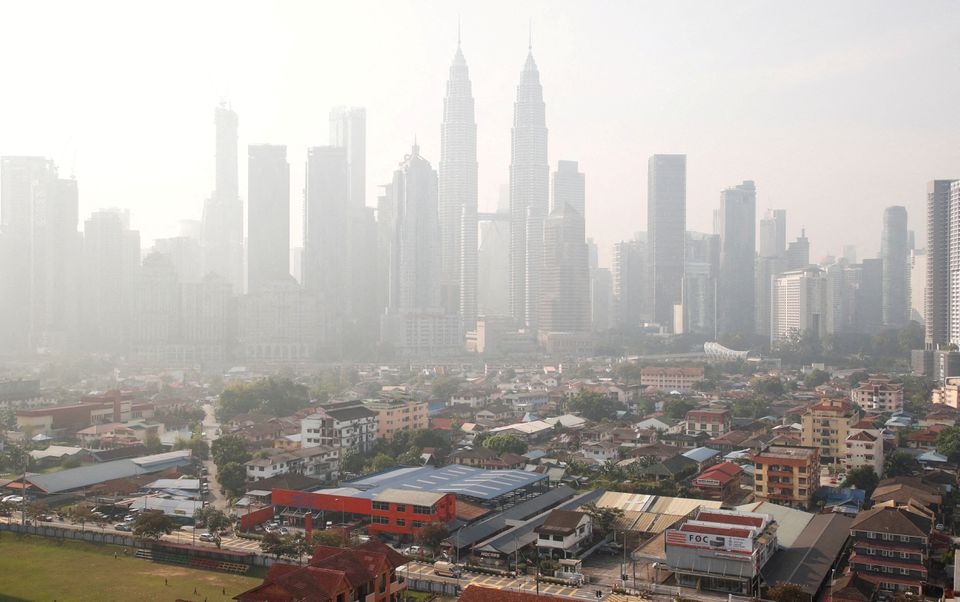
Malaysia's capital Kuala Lumpur is shrouded in smoke. Photo: Reuters
Haze situation in Indonesia and Malaysia
In recent weeks, air quality in parts of Malaysia and Indonesia has dropped below alarming levels, meaning people may experience health effects and those with sensitive conditions may experience more serious problems.
On the Indonesian side, visibility on the island of Borneo was reduced to less than 10 metres, while schools in both Indonesia and Malaysia were closed to minimise the health impact on young children.
Malaysia has blamed Indonesia for the haze, saying smoke from forest fires is drifting across the border. Indonesia has denied the accusation.
Indonesian Environment Minister Siti Nurbaya Bakar said on October 6 that Indonesia had tackled the fires with water bombs via helicopters, forest fires had subsided and no haze had been detected moving to any neighboring countries.
Indonesia has previously taken legal action against companies suspected of illegally setting fires, but annual fires continue.
In 2015 and 2019, Indonesia suffered catastrophic fires that burned millions of hectares of land, caused record emissions and left the region covered in smoke.
Why does this continue?
Under Indonesian law, small-scale local farmers’ burning of forests is permitted, provided that the burning covers a maximum area of 2 hectares and that necessary precautions are taken. All large-scale foresters are required to comply with sustainability standards.
These regulations mean smallholder farmers can continue to use slash-and-burn techniques.
Unclear supply chains, overlapping land claims and legal loopholes can sometimes help large companies evade responsibility for illegal land clearance.
Regional response
The Association of Southeast Asian Nations (ASEAN) recently established a Coordination Center for Transboundary Haze Pollution Control (ACC THPC).
Aimed at helping members prevent, mitigate and monitor transboundary haze, the centre is in line with ASEAN’s commitment to achieve a haze-free region by 2030.
This week, ASEAN agriculture and forestry ministers also agreed to take collective action to reduce and eventually eliminate the burning of crops, including palm oil.
Global consumption of palm oil, used in a variety of products such as biscuits, candles and as a cooking oil, is growing rapidly. Palm oil is the most widely used edible oil in the world , accounting for 60% of global vegetable oil exports.
For Indonesia, the world’s largest producer of palm oil, the product is one of the largest export earners after coal. According to the Indonesian Palm Oil Association, export earnings from palm oil and palm oil products will reach $39.28 billion by 2022.
Quoc Thien (according to Reuters)
Source



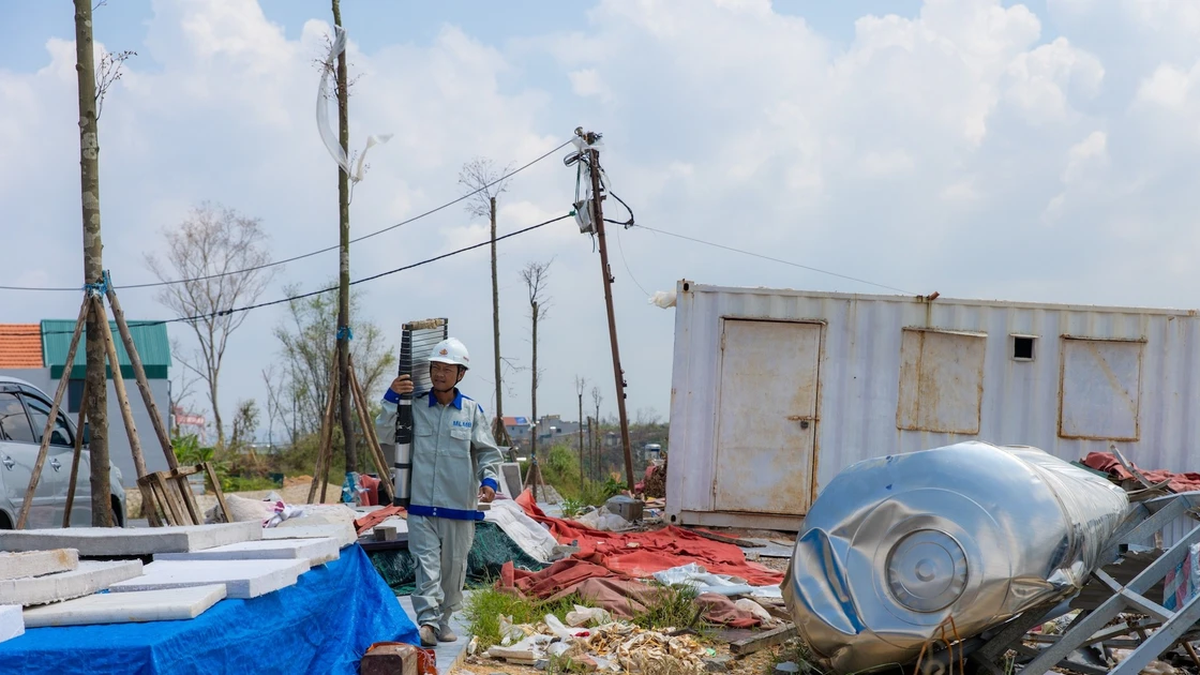



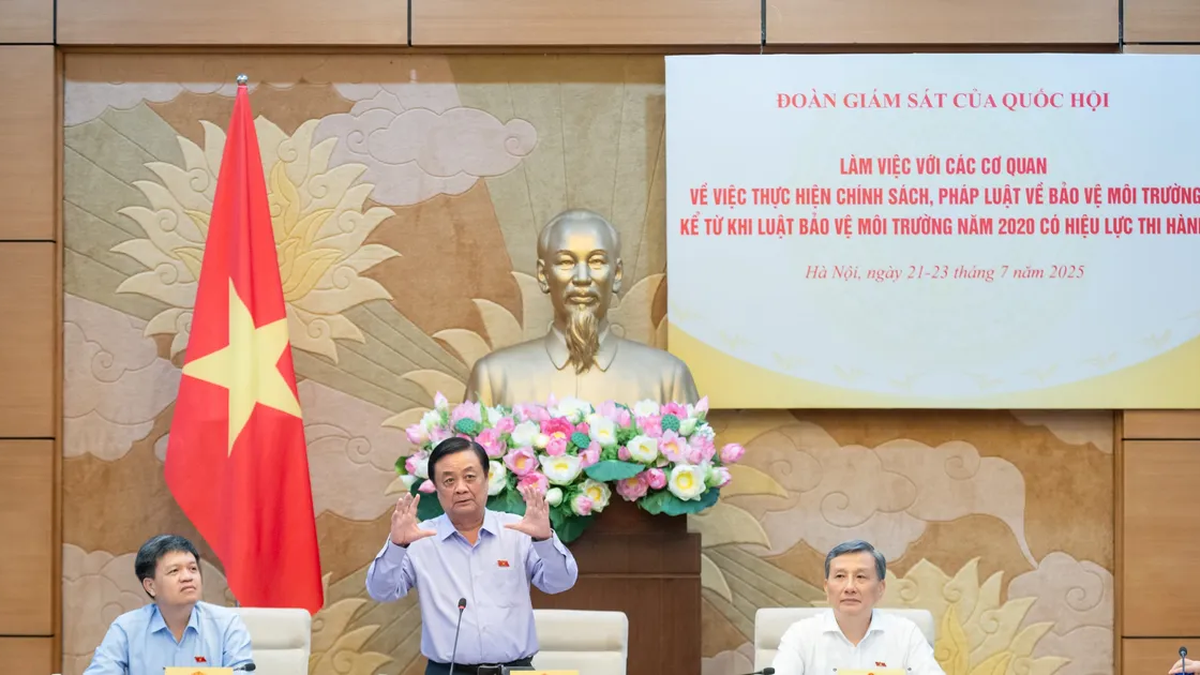
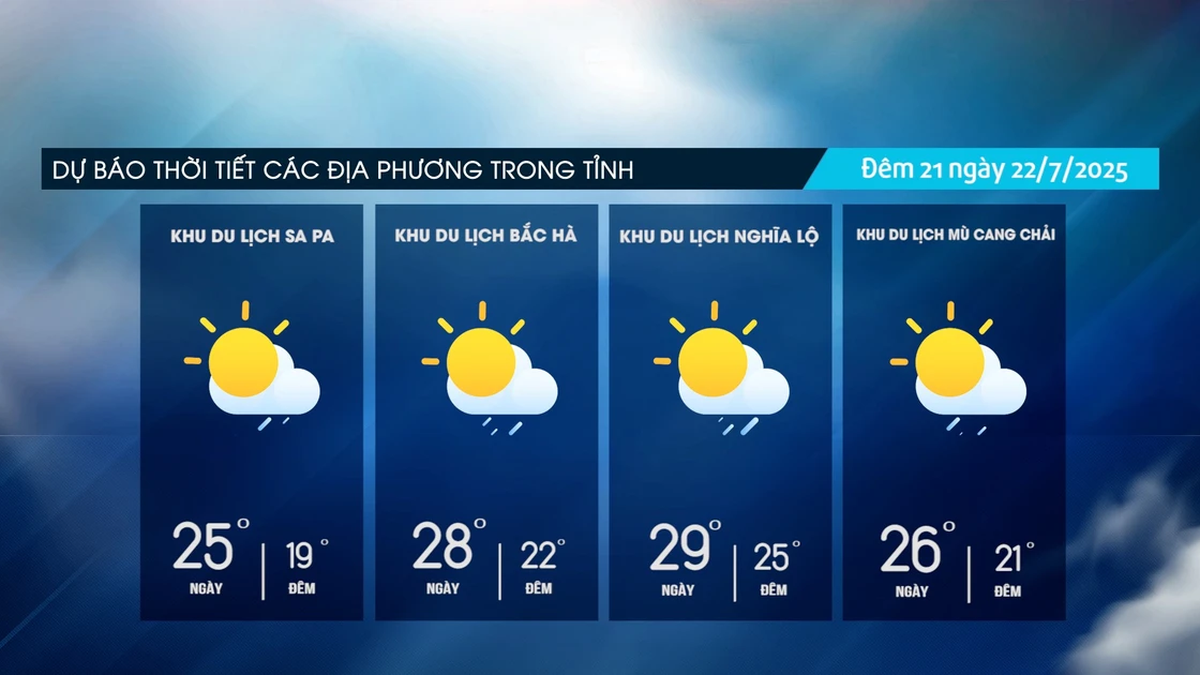


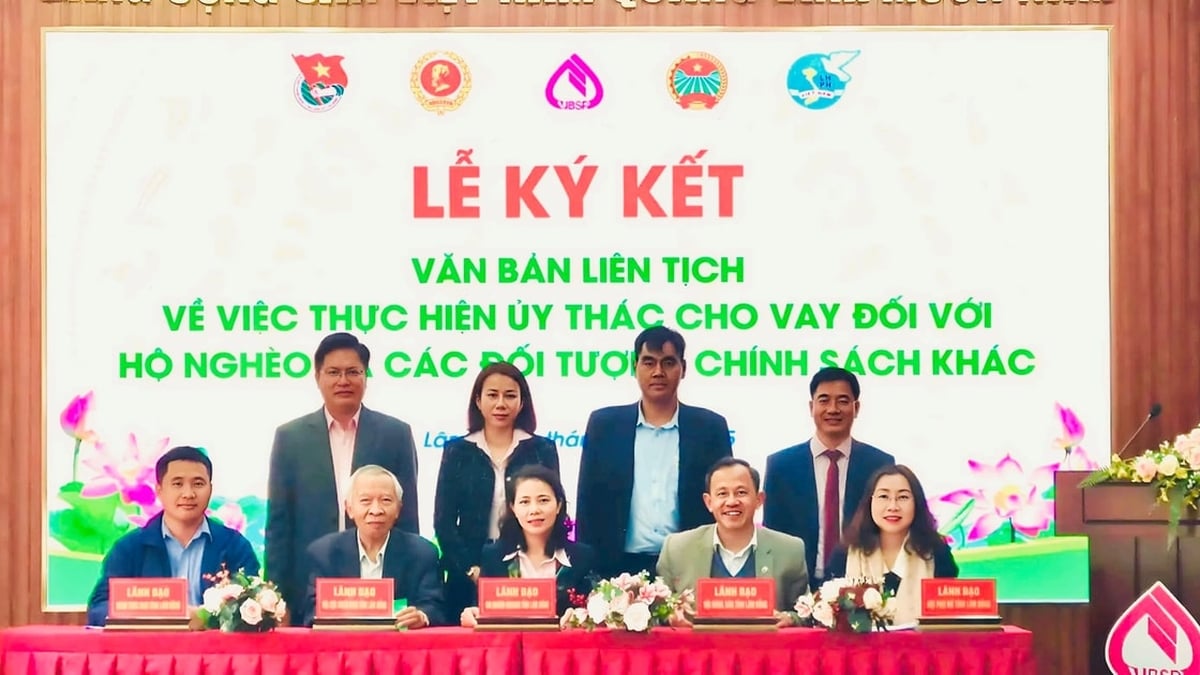











![[Photo] National Assembly Chairman Tran Thanh Man visits Vietnamese Heroic Mother Ta Thi Tran](https://vphoto.vietnam.vn/thumb/1200x675/vietnam/resource/IMAGE/2025/7/20/765c0bd057dd44ad83ab89fe0255b783)











































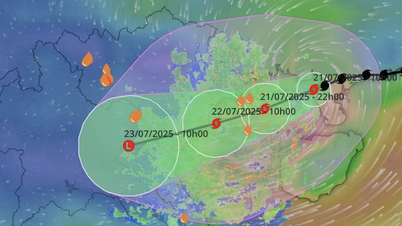







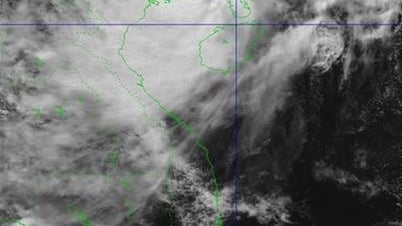





















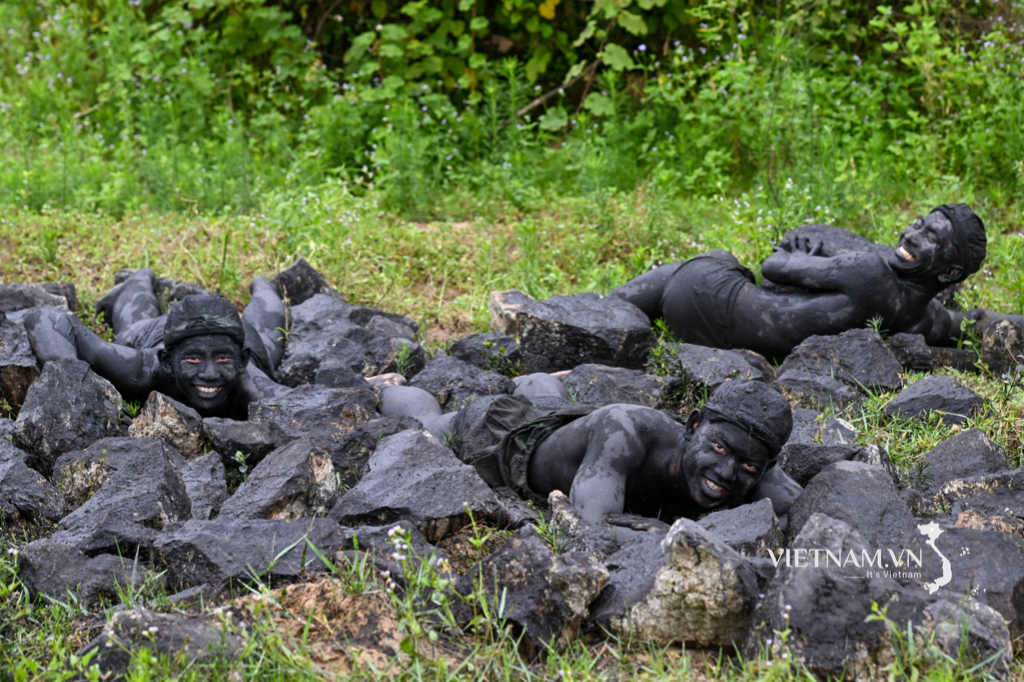



Comment (0)